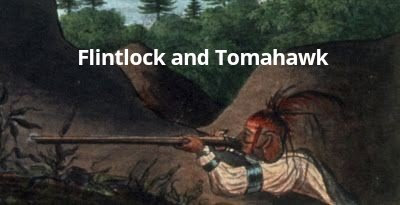From here This hand-colored print dating from 1717 shows a
Nipissing warrior, armed with bow and arrows, wearing moccasins,
clothed in a tunic and cape obtained from the Europeans, and covered in
tattoos. The French in Canada, priests in particular, found native
tattoos repellent for religious reasons having to do with the sanctity
of the human body. The Nipissing are an Algonquin people, first
encountered by the French in 1613. Beginning in the early 1600s, the
French formed alliances and developed friendships with a number of
Indian tribes, including the Montagnais, Algonquin, Etchimin, and Micmac
peoples. Their most important allies were the Huron. Following the
defeat in 1648–50 of the Huron confederation by the Iroquois, the French
worked to consolidate a vast native league that brought together the
Nipissing, the Ottawa, Ojibwa (Chippewa), Potowatomi, Mascouten, Fox,
Kickapoo, Winnebago, Sauk, Miami, and Illinois tribes. This major
diplomatic effort culminated in the Great Peace of Montreal of 1701
between France and between 30 and 40 Indian tribes (referred to in
Canada as First Nations).
Subscribe to:
Post Comments (Atom)
Out soon
Frontier Soldiers of New France Volume 2 explores the evolution of the French colonial troops’ campaign attire and equipment adapted for...

-
This is the first stage of an excellent project. This is the corner tower of a recreation of the fort in the movie Drums Along the Mohawk...
-
It's not easy photographing smaller figures but Richard has done an excellent job. These miniatures are excellent. He says 'The...
-
We've got an early Christmas present for everyone this weekend, with another batch of fantastic Clib sculpts for our American War of I...





No comments:
Post a Comment